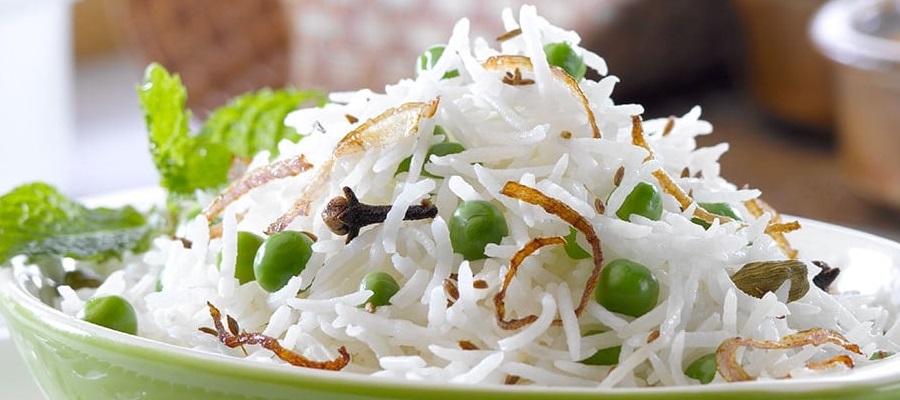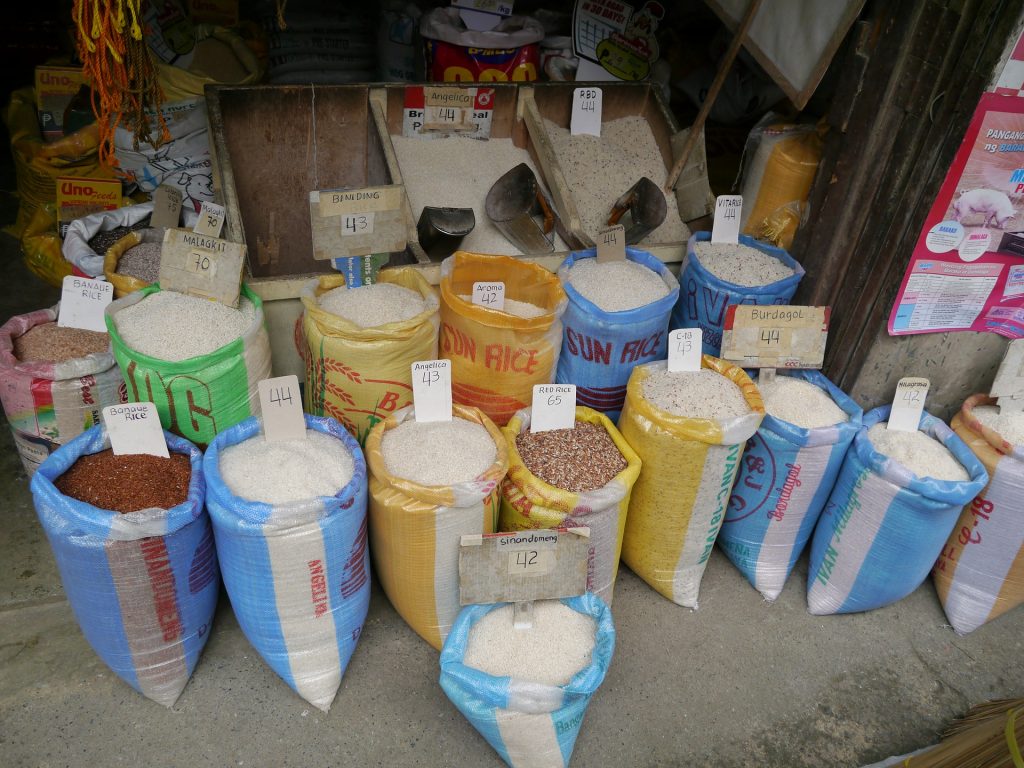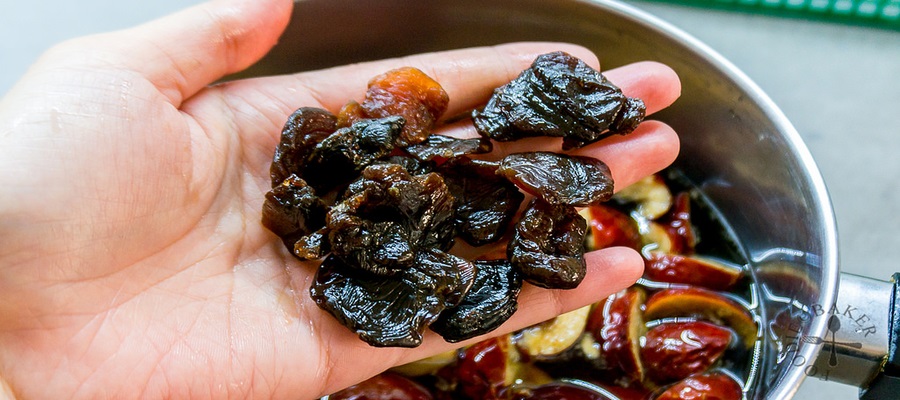Rice. It is arguably one of the most important foods in our entire world. As the primary staple in Asia, it is consumed by billions of people daily. And with the popularity has come variety. There are now hundreds of types of rices for people to enjoy and savor. You can create fried rice dishes, curries, and much more. The possibilities are absolutely endless when it comes to the options and creativity of rice. And one of these possibilities is basmati rice. Basmati rice is a variety of long, slender-grained aromatic rice, mostly eaten in India and Pakistan. The rice is known for its fragrance and flavor. The cooked grains of basmati rice tend to be free flowing, opting not to stick to each other, unlike short-grained rice and sticky rice. Cooked basmati can be identified by its unique fragrance. It is also used to make biriyani in Asian country, as well as the yellow rice dish.
What Makes Basmati Rice Unique?
The most unique feature of basmati rice is its smell. It has a pandan-like flavor, caused by a specific aroma compound. This aromatic compound is found at a high level in basmati, 12 times more than other rice varieties. This compound gives basmati its fragrant flavor. The compound is also found in cheese, fruits, and other cereals. Basmati rice is also very free-flowing. The grains don’t stick to each other and cooked basmati rice is typically harder and chewier than its short-grained counterpart.
How Do You Cook Basmati Rice?

To enjoy basmati, there are a few steps. First, you need to wash the rice. While often overlooked, this is a very crucial part. You need to get rid of the starch on the rice, so you will have individual grains of rice, unlike the sticky kind. This also makes the rice easier to digest, according to traditional Indian wisdom. To do this, put the rice in a bowl in water and swirl it around. After swirling for a minute or two, pour off the water. Repeat this process until the water runs clear, which may take a few times. Next, soak the rice for 30 minutes in a bowl. After that, drain the rice and add it to a medium saucepan with some water and salt. Bring it to a boil and turn the heat down and cook for 15 minutes. Finally, cut the heat and let the rice sit. Fluff the rice, and you’ll have perfect rice.



